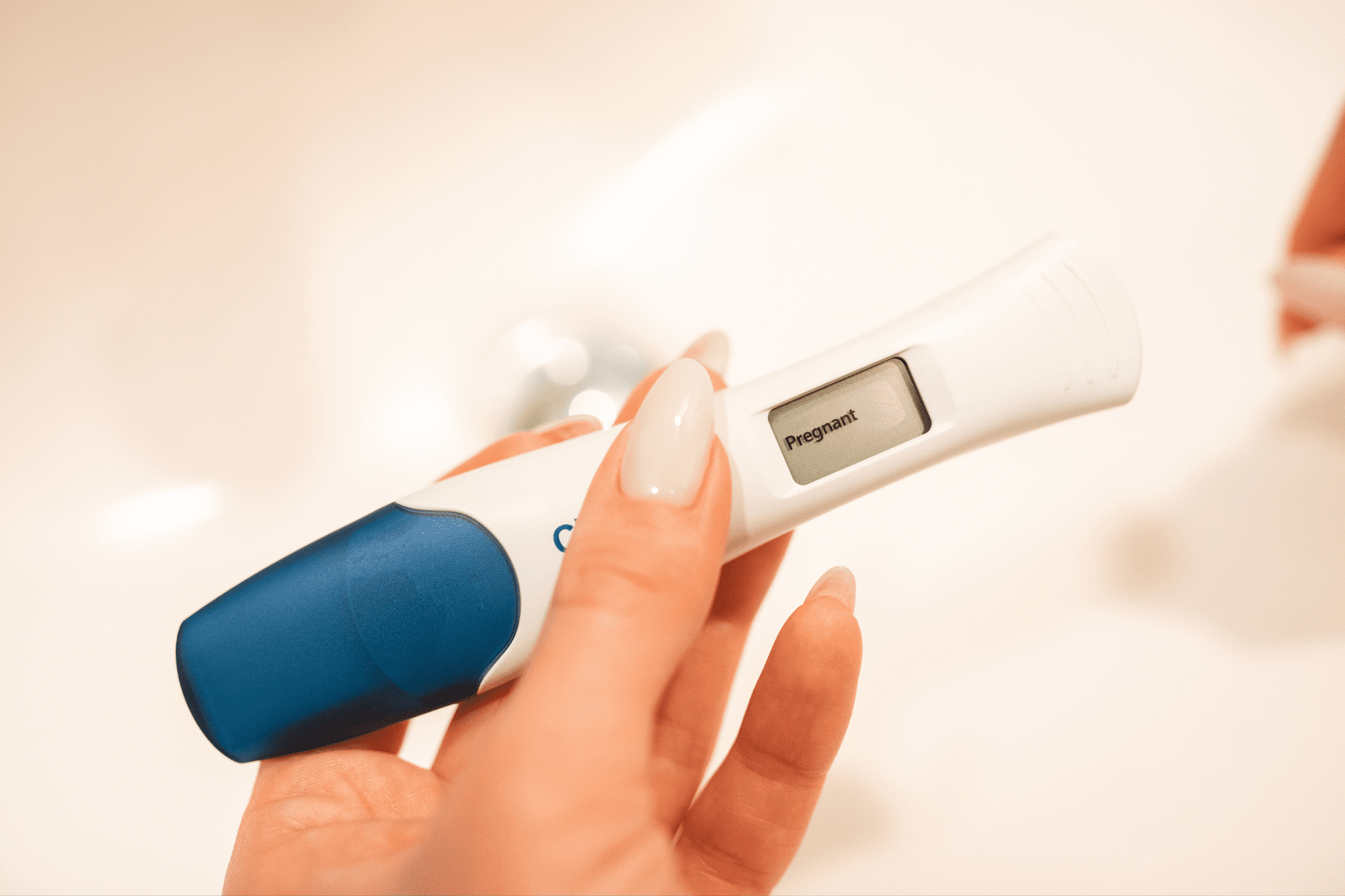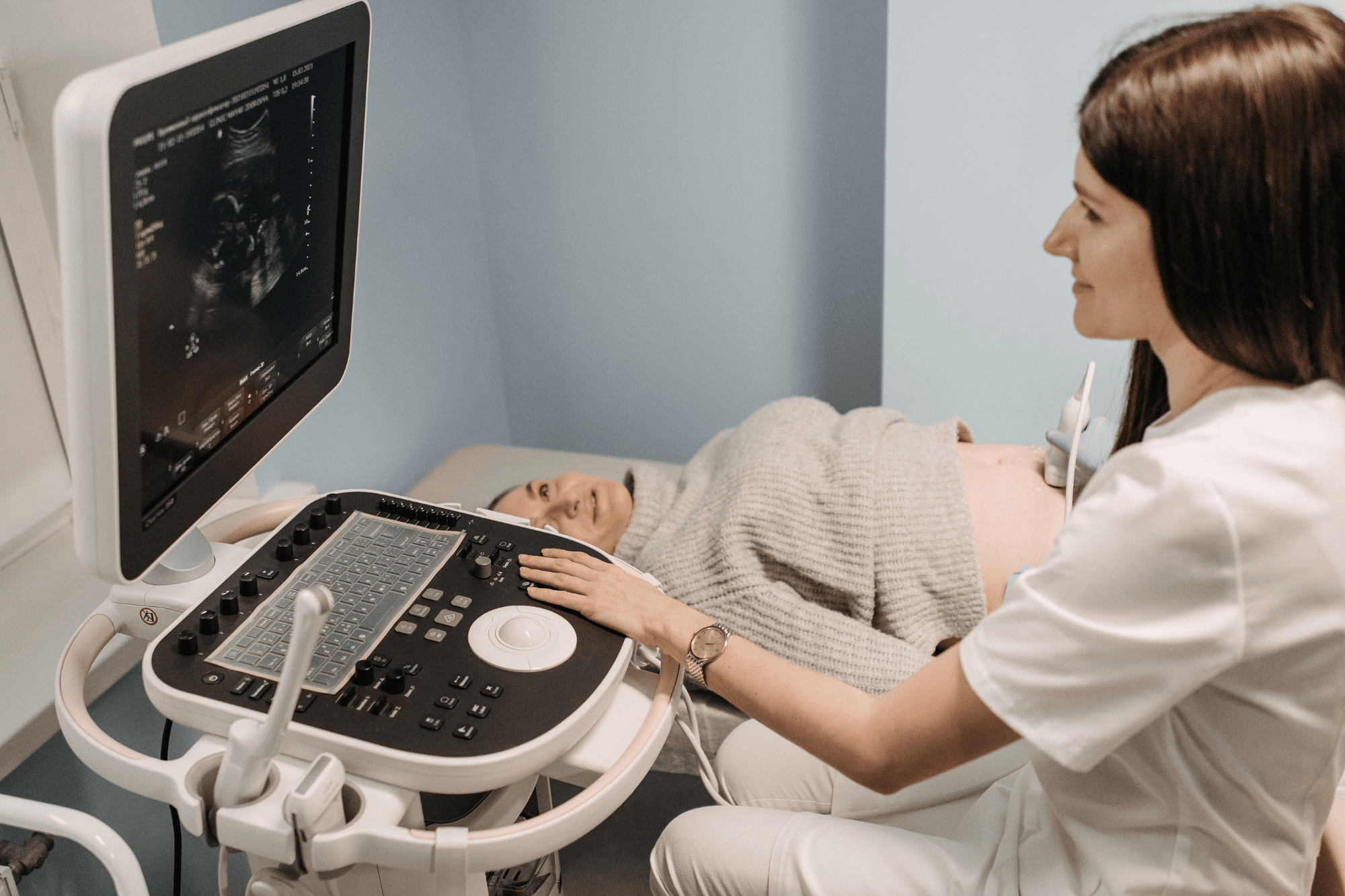Learning if you have a viable pregnancy is one of the first things you should do after you have a positive pregnancy test. This information will determine everything about your next steps. It may cause heartache or relief. It could change your situation completely.
During your free appointment at Assured Women’s Healthcare, we will check the viability of your pregnancy. We’ll help you get the answers you need to understand what to do next.
Use this blog to learn more about pregnancy viability, then make your free appointment to check your pregnancy today.
What is a viable pregnancy?
Pregnancy viability speaks to the health of your pregnancy. A viable pregnancy is one that is likely to continue. A non-viable pregnancy, however, may not. Instead, your pregnancy is likely to end in a miscarriage.
If you took a home pregnancy test and got a positive result, a pregnancy ultrasound is your next step. Pregnancy tests react to a hormone called human chorionic gonadotropin (hCG), which shows up in a pregnant woman’s blood and urine. During a miscarriage, your levels of hCG will be low, but still present. That means you can still get positive results, even when you are losing the pregnancy.

An ultrasound, however, can show if the pregnancy isn’t growing as it should. You can then use this information to decide your next steps.
How can you check pregnancy viability?
During your ultrasound, the sonographer will examine and measure your pregnancy to see if it is viable or non-viable. Using several markers, she will help you understand the health of your pregnancy.
Fetal heartbeat

The easiest way to check for viability is to look for a heartbeat. This standard is used when the fetus measures at least seven millimeters long. Typically, no fetal heartbeat with a fetus of that size means that the pregnancy isn’t viable.
That said, you may just be too early to detect the heartbeat. If this happens, you should return for a follow-up ultrasound one week later, even if you plan to have an abortion.
There are several important reasons to follow up, including:
- Ectopic pregnancy – Sometimes, embryos implant outside of the uterus. This is a serious and potentially life-threatening condition called ectopic pregnancy. The sonographer may fail to find a viable pregnancy in your uterus because the embryo is growing somewhere else, such as the fallopian tube. If you have an abortion, including the abortion pill, with an untreated ectopic pregnancy, it may rupture. This can cause internal bleeding and a deadly infection.
- Miscarriage – The sonographer may not see a heartbeat because your pregnancy has ended naturally. If this is the case, you don’t need an abortion. But you might need a procedure to remove all of the tissue from your uterus.
- Molar pregnancy – In a molar pregnancy, the placenta develops abnormally. Sometimes, a fertilized egg produces a placenta but no embryo. If an embryo does develop in a molar pregnancy, however, it won’t survive. In the case of molar pregnancy, an abortion is not needed, but follow up care is necessary as early medical intervention is critical.
- Blighted ovum – In this type of pregnancy, the embryo stops developing early on and is reabsorbed by the body. You will not need an abortion.
Whether you plan to keep or terminate your pregnancy, viability will determine what you should do next. During your appointment, we will help you understand your options and offer resources to meet your needs.
A gestational sac without an embryo
The gestational sac surrounds the developing embryo and is filled with amniotic fluid. It is usually the first sign of pregnancy that shows up on ultrasound.
If this sac is 25 millimeters or larger, the embryo should be big enough for the sonographer to see. You may have a non-viable pregnancy if there isn’t an embryo within a gestational sac of this size.
That said, the embryo may be too small to see in the early weeks of pregnancy. If the ultrasound shows a gestational sac without an embryo a follow-up ultrasound may be necessary.
What should I do if I don’t have a viable pregnancy?
If your ultrasound shows that your pregnancy is non-viable, you should schedule a visit with your doctor. They might want to use further tests to confirm the viability of your pregnancy.
Your doctor will also help you get treatment, if needed, for a miscarriage. You may need to take medication or have a surgical procedure to make sure you pass all the tissue.
Additionally, seek support from a trusted friend or family member. Losing a pregnancy unexpectedly, even if you didn’t want it, can be difficult. Honor your emotions and allow yourself to grieve the loss.

Get a free ultrasound at Assured Women's Healthcare
Our nurse sonographers will walk you through the ultrasound process and help you understand the health of your pregnancy. You will also learn about all your pregnancy options, as well as helpful resources.
Find the answers you need to make the best decision for your unintended pregnancy. Book your appointment today.

